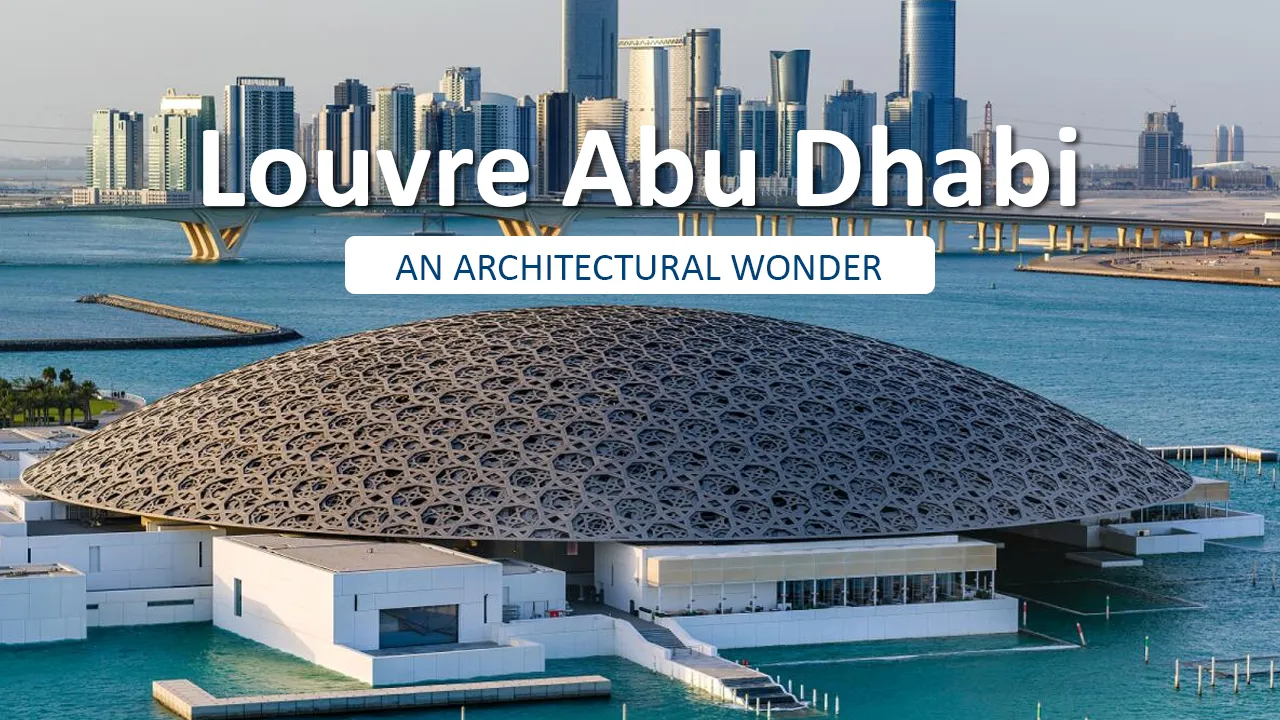07 Nov 2024

In November 2017, Louvre Abu Dhabi opened to the public. The 10-year development plan was finally complete. In reality, the construction works officially started in May 2009 while the project was brought to a high level by the UAE and French leaders, who signed the cooperation agreement in March 2007. Expectations were great and tickets sold out opening day on November 11. Having invested over $1 billion (850 million euros) in the museum, Abu Dhabi is hoping to attract more tourists. So, if you haven’t yet discovered the Louvre Museum which is one of the largest art galleries in the Arabian Peninsula you should definitely consider a visit to discover the incredible artwork collection: both temporary exhibitions and permanent collections. But Louvre Abu Dhabi is not only an incredible museum, it is also an incredible construction built with extreme architectural solutions. Louvre Abu Dhabi’s Design and Construction: To give the illusion of a “museum in the sea,” a team of specialist geotechnical and water engineers designed a watertight basement and tidal pools within the galleries. The museum doesn’t sit on a platform and sea water touches its walls. Protecting artwork from salty water and humidity is paramount and, in order to do that a huge concrete box was built and covered with a double-layer system of waterproofing. For as difficult it was to build the museum in the sea, it is the dome, however, that is stunning. Visitants are amazed by the different artifacts with piece from ancient times to the present that are on exhibit but are in awe when passing under the museum’s silver dome, its pattern resembling interwoven palm leaves. The “seemingly floating dome structure” was a masterpiece of engineering and ingenuity as it had to be built under strict requirements from the clients and was asked to be built only on 4 poles. The architect devised a web-patterned dome with a honeycomb frame that’s not only clever to regulate light and temperature but its structure comprised of 7,850 unique metal stars set in a complex geometric pattern that allows the sun to filter through; thus, creating a visually stunning effect … a moving ‘rain of light’. Surely, the modernist museum, designed by French architect Jean Nouvel, will be another favorite landmark for UAE and Abu Dhabi in particular. Abu Dhabi has become an essential capital of art and culture in the Middle East. This art and civilization museum is part of a thirty-year agreement between the city of Abu Dhabi and the French government to be associated with the Louvre name. Its peculiarity is that it does not just include Arab civilization and Islamic art but it narrates the history of world civilization through international artifacts. Louvre Abu Dhabi is an architectural marvel that offers a new perspective on the history of art in a globalized world and is not to be missed!